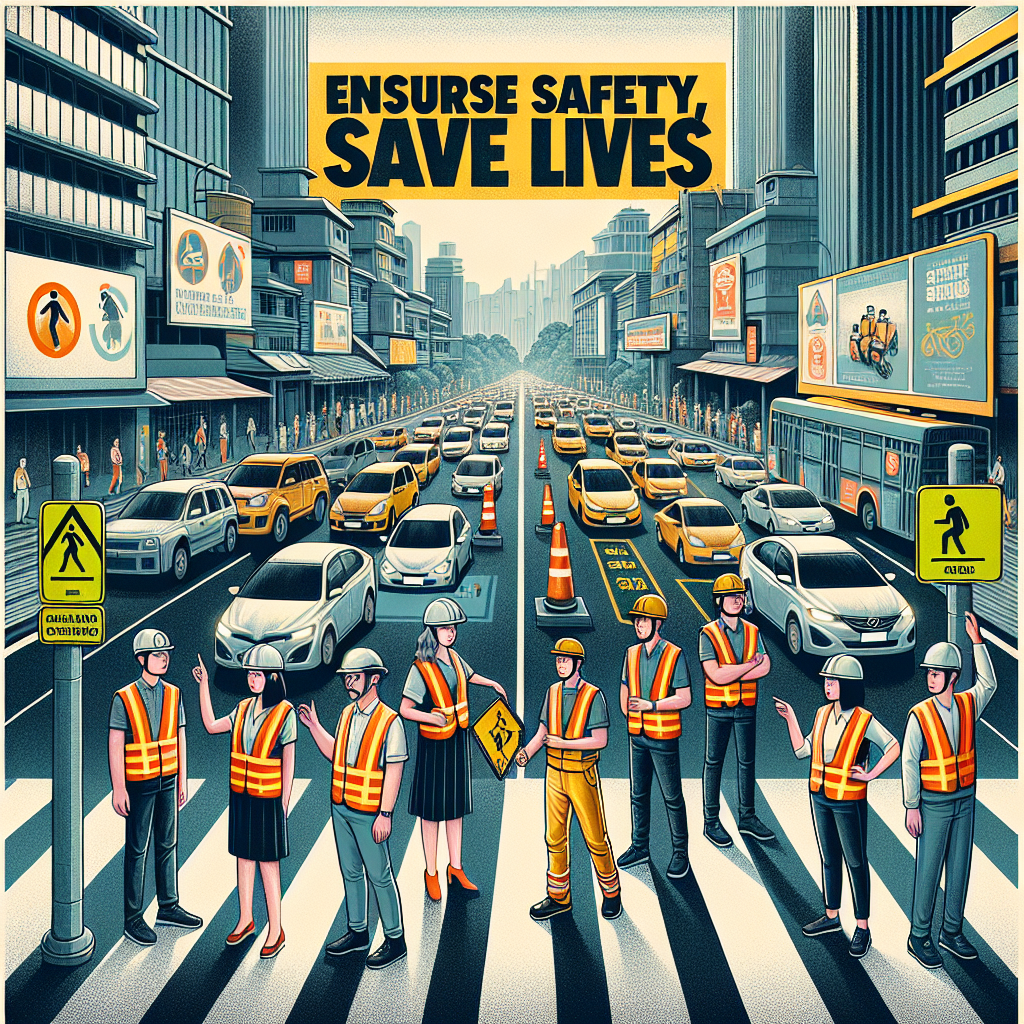WHO Urges Swift Action on Road Safety in South-East Asia
The World Health Organization (WHO) has urged South-East Asian countries to accelerate efforts to reduce road traffic fatalities, particularly among vulnerable road users. With 66% of traffic deaths involving pedestrians, cyclists, and two or three-wheelers, the WHO calls for better road designs and enhanced emergency services to meet the UN's 2030 targets.

- Country:
- India
The World Health Organization (WHO) has issued a call to action for countries in the South-East Asia Region to step up efforts to decrease road traffic deaths, which are a leading cause of mortality among young people aged 15-29.
'Vulnerable road users, including pedestrians, bicyclists and two or three-wheelers constitute 66 per cent of all reported road traffic deaths in our region,' said Saima Wazed, Regional Director of the WHO South-East Asia, during her speech at the 15th World Conference on Injury Prevention and Safety Promotion (Safety 2024).
Wazed stressed that road networks must prioritize those most at risk, such as children, adolescents, and people with disabilities. The WHO report revealed that the region accounted for 330,223 of the 1.19 million global road traffic deaths in 2021, representing 28% of the global burden.
As urbanization rises, with 70% of the global population projected to live in cities by 2030, the demand for public transport will increase. Amid rapid urbanization, the WHO South-East Asia Region faces challenges like high motorized two and three-wheeler usage, poor pedestrian and cyclist infrastructure, and limited emergency services.
Unlike high-income countries, where road safety measures often focus on car occupants, developing countries need to prioritize the safety of vulnerable road users like pedestrians and cyclists, who face higher risks. Strengthening trauma and emergency care systems, enhancing road safety data, and promoting collaboration among stakeholders are vital for improving road safety.
'I am a great believer in collaborations and partnerships—expanding these to non-traditional stakeholders,' Wazed emphasized. She called for a multi-sectoral approach involving local governments, urban planners, traffic policing, and law enforcement.
Road safety is crucial to achieving the UN Sustainable Development Goals (SDGs). In September 2020, the UN launched the Decade of Action for Road Safety 2021-2030, aiming to reduce road traffic deaths and injuries by at least 50% by 2030.
Although there was a 2% decrease in road fatalities in the South-East Asia Region in 2021, further efforts are needed to meet the global targets. Wazed launched the 'WHO South-East Asia Regional Status Report on Road Safety: Towards Safer and Sustainable Mobility,' which outlines injury patterns and best practices.
Addressing these challenges and implementing recommended strategies will be key to advancing road safety and achieving the 2030 targets, Wazed concluded.
(With inputs from agencies.)










